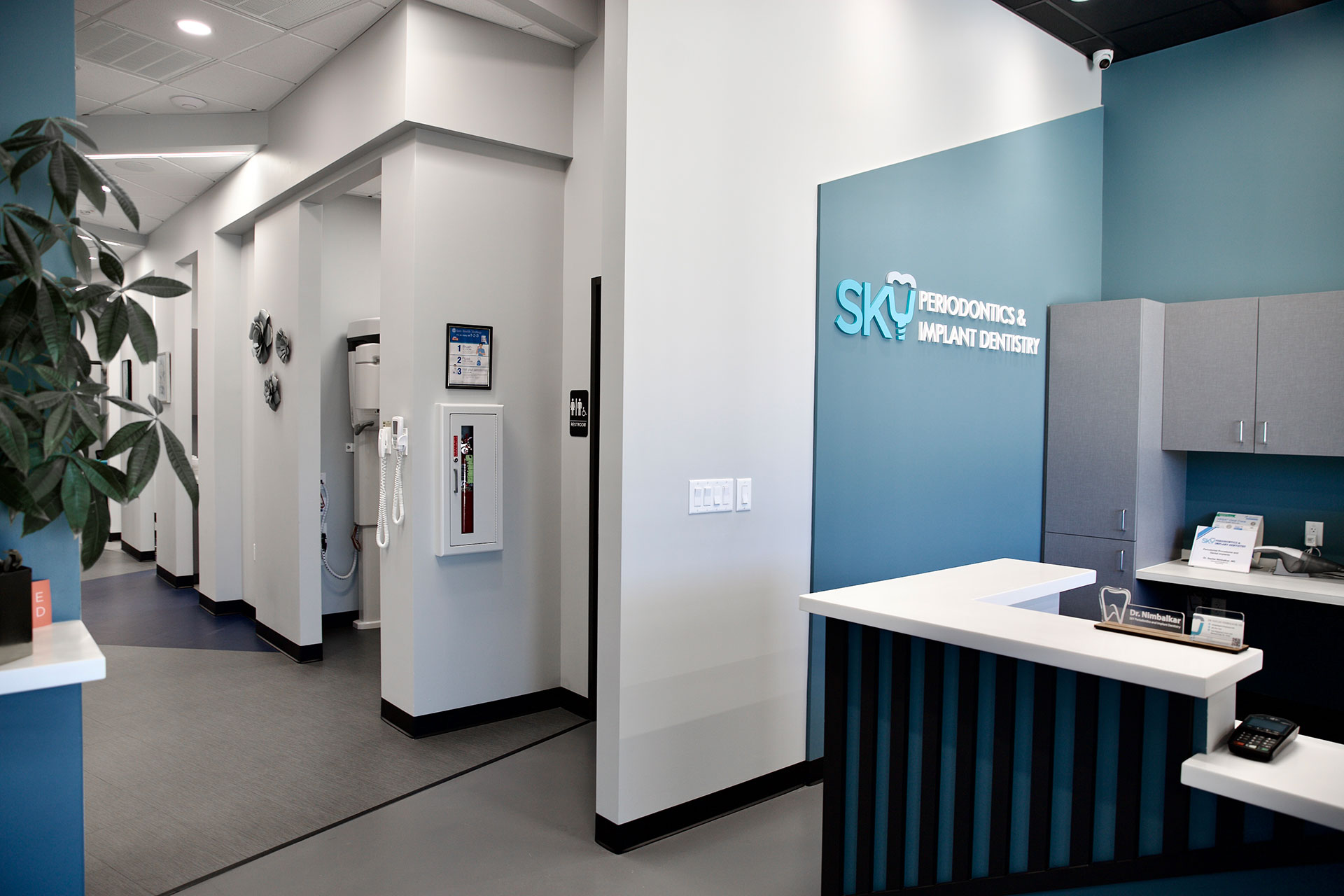New Patients
(281) 205-4019
Existing Patients
(281) 994-7346

Periodontal diseases are mainly the result of infections and inflammation of the gums and bone that surround and support the teeth. In its early stage, called gingivitis, the gums can become swollen and red, and they may bleed. In its more serious form, called periodontitis, the gums can pull away from the tooth, bone can be lost, and the teeth may loosen or even fall out. Periodontal disease is mostly seen in adults. Periodontal disease and tooth decay are the two biggest threats to dental health.
Bacteria in the mouth infect tissue surrounding the tooth, causing inflammation around the tooth leading to periodontal disease. When bacteria stay on the teeth long enough, they form a film called plaque, which eventually hardens to tartar, also called calculus. Tartar build-up can spread below the gum line, which makes the teeth harder to clean. Then, only a dental health professional can remove the tartar and stop the periodontal disease process.
The following are warning signs of periodontal disease:
Certain factors increase the risk for periodontal disease:
Smoking, diabetes, poor oral hygiene, stress, heredity, crooked teeth, underlying immune – deficiencies -e.g. AIDS, fillings that have become defective, taking medications that cause dry mouth, bridges that no longer fit properly, female hormonal changes, such as with pregnancy or the use of oral contraceptives.
Dental Implants are artificial replacements / substitute for a natural tooth or missing teeth. It could be part of a prosthesis to replace missing teeth. It is inserted into the jaw bone on top of which a crown / bridge / partial denture / full dentures can be attached.
If you are missing a tooth / teeth you may be eligible for getting a dental implant. Please discuss with your periodontist for your specific needs.
